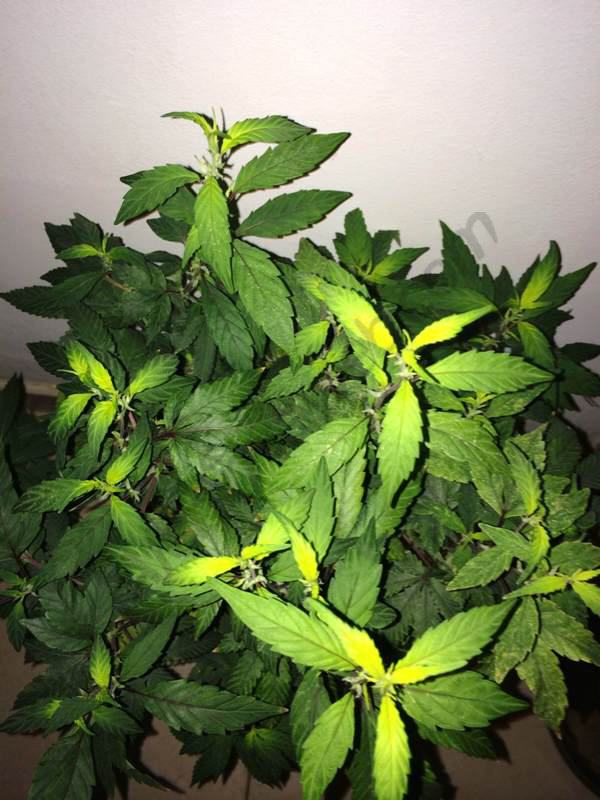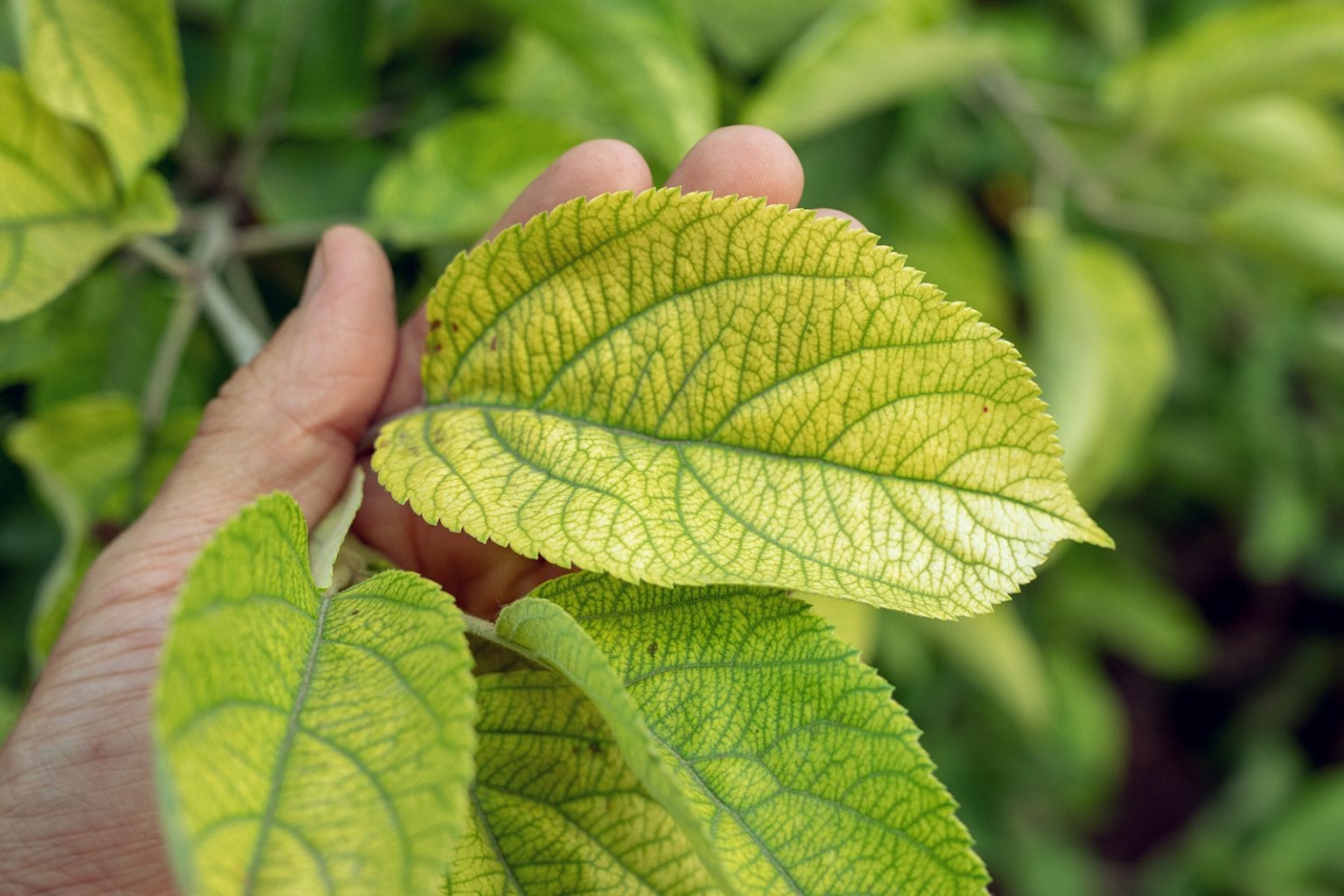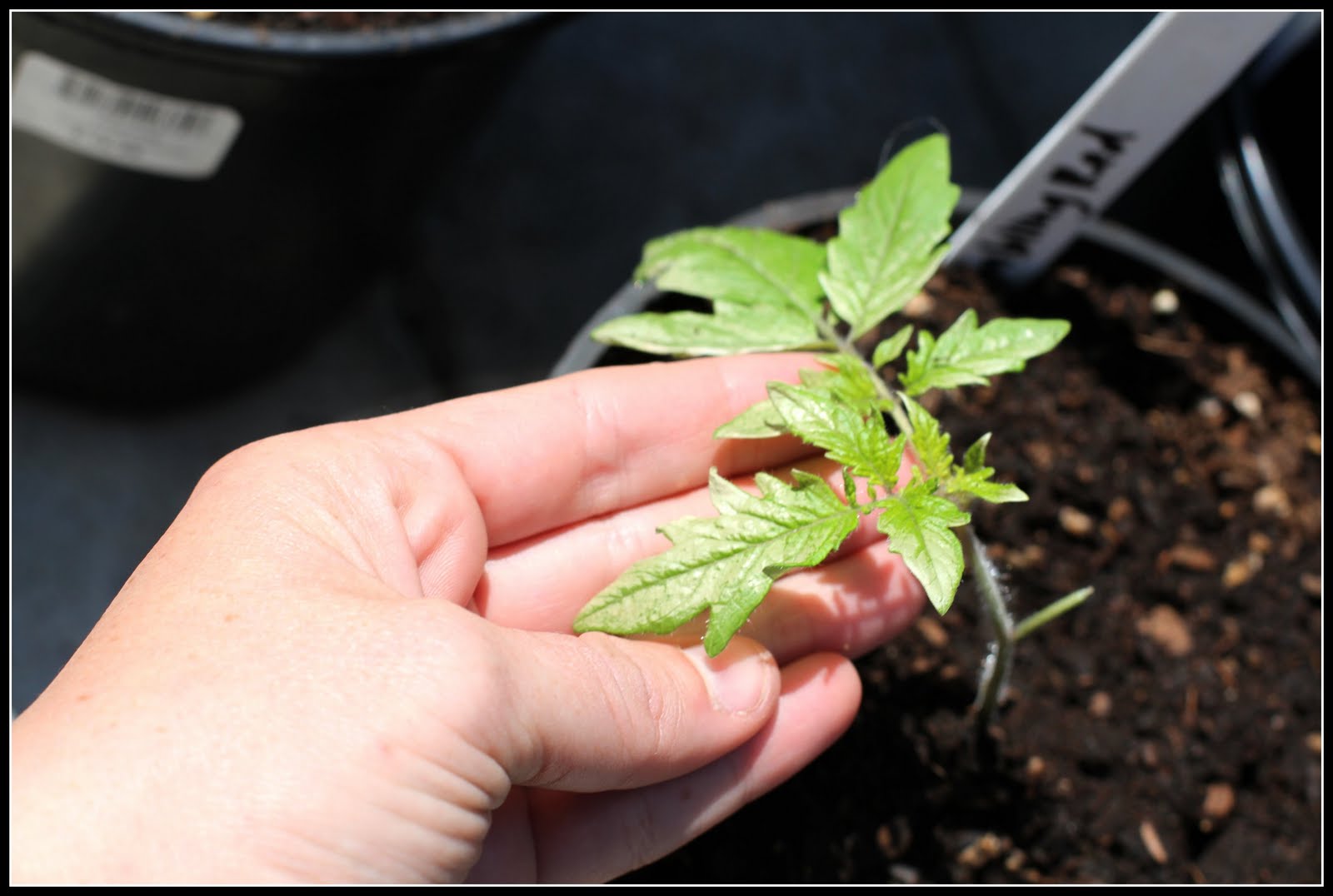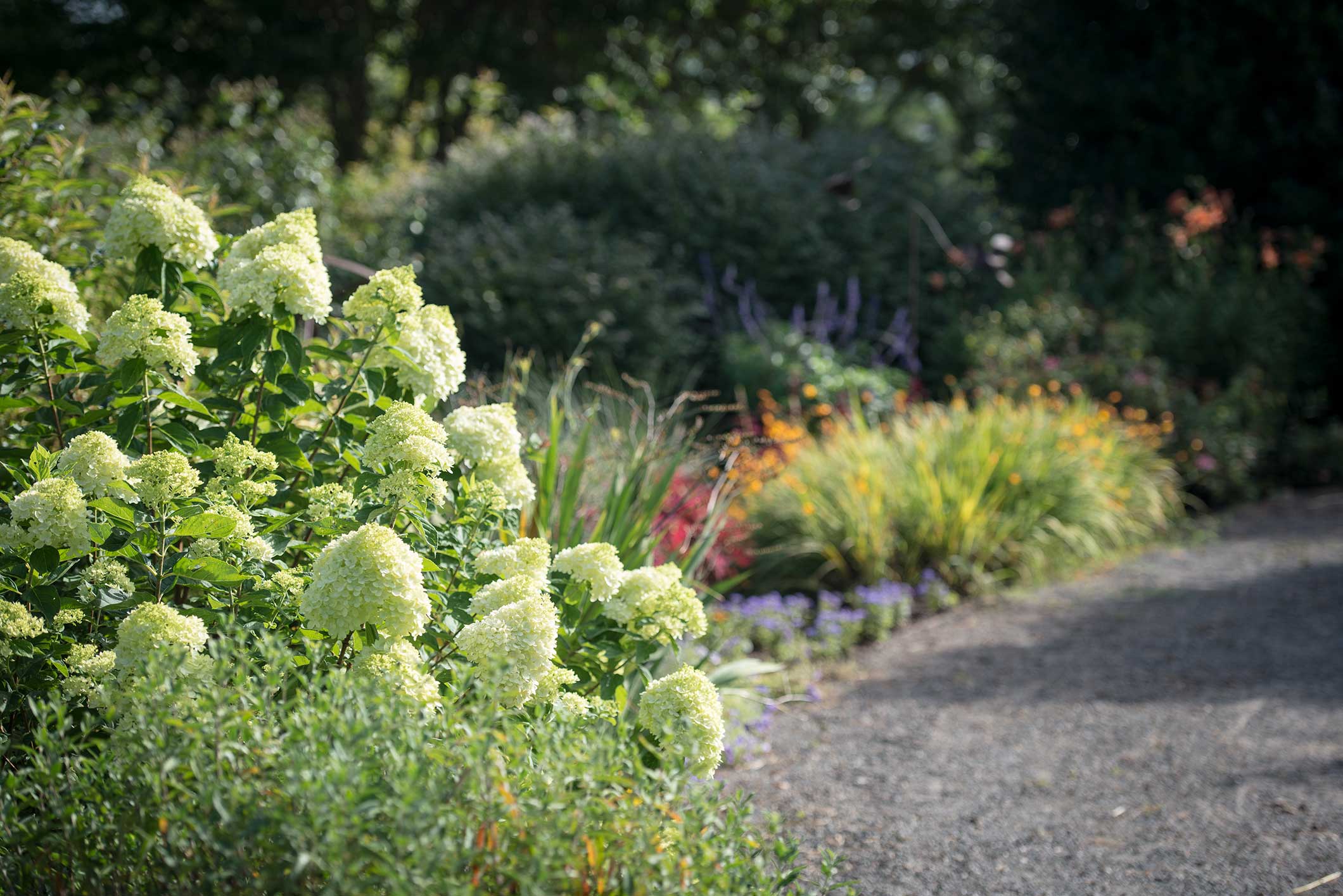Your Iron toxicity in plants images are available in this site. Iron toxicity in plants are a topic that is being searched for and liked by netizens now. You can Download the Iron toxicity in plants files here. Find and Download all free vectors.
If you’re searching for iron toxicity in plants images information linked to the iron toxicity in plants keyword, you have visit the ideal blog. Our website frequently provides you with hints for refferencing the highest quality video and picture content, please kindly surf and find more informative video content and graphics that fit your interests.
Iron Toxicity In Plants. Zinc toxicity is a condition that causes the yellowing of leaves. These plants can take up too much iron, leading to toxicity. Some plants are less efficient at taking up iron and are more susceptible to. The leaf discoloration is caused by the plant creating enzymes to control free radicals that are present in high iron levels.
Possible Iron Deficiency? Grasscity Forums The 1 From forum.grasscity.com
Iron is the fourth most abundant element found in soil though it is largely present in forms that cannot be taken up by plants. Many plants produce chelate reductase enzyme to facilitate fe absorption, plants lower its production during fe excess. Plants, therefore, respond to both iron deficiency and iron excess by inducing expression of different gene sets. Iron toxicity in rice plants occurs due to the excessive concentrations of ferrous ions (fe 2+ ) in the soil solution. Iron (fe) is the fourth abundant element in the earth crust. This study used a completely randomized design with factorial, where the first factor consisted of two levels of seedlings (c.
Iron excess is found mainly in waterlogged or flooded soils where anaerobic.
Plants, therefore, respond to both iron deficiency and iron excess by inducing expression of different gene sets. In large measure, acidic soils, oxygenation of the soil, and fertility. The application of organic matter and water management is one way to alleviate iron toxicity in rice plants. Plants also require iron for proper development. This study used a completely randomized design with factorial, where the first factor consisted of two levels of seedlings (c. Iron (fe) is an essential microelement for plant growth and development and is involved in key.
 Source: thegardenprepper.com
Source: thegardenprepper.com
Once taken up by the rhizodermal cells, fe is transported. Therefore, we determined the presence and composition of iron plaque on the plant roots and measured the n, p, k, and fe concentrations in both leaves and roots. 1) (garg and singh 2018) through a reduction in the water transporters, transpiration rates and induces strong dehydration (ghnaya et al. Fe toxicity is not often discussed in plant science though it causes severe morphological and physiological disorders, including reduced germination percentage, interferes with enzymatic activities, nutritional imbalance, membrane damage, and chloroplast ultrastructure. Authors harmanjit kaur 1 , neera garg 2 affiliations 1 department of botany, akal university, bathinda, 151302, punjab, india.
 Source: pinterest.com
Source: pinterest.com
Iron toxicity iron toxicity is not a common problem in the field, except in rice crops in asia. This study used a completely randomized design with factorial, where the first factor consisted of two levels of seedlings (c. Despite great leaps forward in the research into plant iron nutrition over the past decades, many facets of cellular iron homeostasis still await further clarification. In a broad picture, to escape the toxic effects, plants have the strategy to exclude the excess metal. Iron (fe) is the fourth abundant element in the earth crust.
Source: forum.grasscity.com
This element is essential but extremely toxic in excess. Iron toxicity is due to an excess of iron in the root environment of the plant. This happens because the soil contains too much zinc, which makes it difficult for plants to absorb iron. In a broad picture, to escape the toxic effects, plants have the strategy to exclude the excess metal. A geranium with iron and manganese toxicity.
 Source: pinterest.com
Source: pinterest.com
- (garg and singh 2018) through a reduction in the water transporters, transpiration rates and induces strong dehydration (ghnaya et al. Iron (fe) is a micro essential needed by plants in small amounts and can be toxic when available in large quantities. This element is essential but extremely toxic in excess. 2 department of botany, panjab university, chandigarh, 160014. This study used a completely randomized design with factorial, where the first factor consisted of two levels of seedlings (c.
 Source: thegirlwithashovel.com
Source: thegirlwithashovel.com
This happens because the soil contains too much zinc, which makes it difficult for plants to absorb iron. Although iron is an essential nutrient for plants, its accumulation within cells can be toxic. 2010) which may be due to zn accumulation in aerial tissues. Authors harmanjit kaur 1 , neera garg 2 affiliations 1 department of botany, akal university, bathinda, 151302, punjab, india. Iron is an immobile element, meaning that the lower leaves cannot give up iron to supply the newer growth.
 Source: trifectanatural.com
Source: trifectanatural.com
Iron (fe) is a micro essential needed by plants in small amounts and can be toxic when available in large quantities. Plants, therefore, respond to both iron deficiency and iron excess by inducing expression of different gene sets. Reduced growth followed by symptoms of iron chlorosis, stunting, reduced branching, abnormal darkening and thickening of roots. Moreover, attempts to increase the iron content in edible plant parts are far from having reached sufficient improvement in dietary iron intake. This study used a completely randomized design with factorial, where the first factor consisted of two levels of seedlings (c.
Source: forum.grasscity.com
Iron (fe) is an essential microelement for plant growth and development and is involved in key. Submerged soils both increase the concentration of iron and enhance its uptake by the plant. Although iron is an essential nutrient for plants, its accumulation within cells can be toxic. The wetland species used in this study showed different. Thus, proper fe homeostasis in the mitochondria is vital, and both transporters and fe sequestering proteins have been found to be essential for mitochondria function.
 Source: trifectanatural.com
Source: trifectanatural.com
Authors harmanjit kaur 1 , neera garg 2 affiliations 1 department of botany, akal university, bathinda, 151302, punjab, india. Fe toxicity is not often discussed in plant science though it causes severe morphological and physiological disorders, including reduced germination percentage, interferes with enzymatic activities, nutritional imbalance, membrane damage, and chloroplast ultrastructure. This disorder is associated with flooded soils and affects primarily the production of lowland rice. Iron (fe) is an essential microelement for plant growth and development and is involved in key. Here, we review recent advances in the understanding of iron homeostasis in plants gained through functional genomic approaches.
 Source: trifectanatural.com
Source: trifectanatural.com
Iron toxicity in soil is not common, but some plants do secrete acids from the roots, which lowers soil ph. In a broad picture, to escape the toxic effects, plants have the strategy to exclude the excess metal. Authors harmanjit kaur 1 , neera garg 2 affiliations 1 department of botany, akal university, bathinda, 151302, punjab, india. Iron toxicity iron toxicity is not a common problem in the field, except in rice crops in asia. Plants also require iron for proper development.
 Source: aquaponictrend.blogspot.com
Source: aquaponictrend.blogspot.com
Iron is an immobile element, meaning that the lower leaves cannot give up iron to supply the newer growth. 2 department of botany, panjab university, chandigarh, 160014. Iron (fe) is an essential microelement for plant growth and development and is involved in key. Iron (fe) is a micro essential needed by plants in small amounts and can be toxic when available in large quantities. Iron toxicity is due to an excess of iron in the root environment of the plant.
 Source: sensigarden.com
Source: sensigarden.com
- (garg and singh 2018) through a reduction in the water transporters, transpiration rates and induces strong dehydration (ghnaya et al. 2 department of botany, panjab university, chandigarh, 160014. Iron excess is found mainly in waterlogged or flooded soils where anaerobic. Often interveinal chlorosis which occurs first on older leaves, then progressing to the entire plant. Plants, therefore, respond to both iron deficiency and iron excess by inducing expression of different gene sets.
 Source: gardeningknowhow.com
Source: gardeningknowhow.com
- which may be due to zn accumulation in aerial tissues. Despite great leaps forward in the research into plant iron nutrition over the past decades, many facets of cellular iron homeostasis still await further clarification. Often interveinal chlorosis which occurs first on older leaves, then progressing to the entire plant. Iron toxicity in the plant. The application of organic matter and water management is one way to alleviate iron toxicity in rice plants.
 Source: gardeningknowhow.com
Source: gardeningknowhow.com
- which may be due to zn accumulation in aerial tissues. The more you take in the more you are at risk. These plants can take up too much iron, leading to toxicity. These plants can take up too much iron, leading to toxicity. Iron toxicity in soil is not common, but some plants do secrete acids from the roots, which lowers soil ph.
 Source: alchimiaweb.com
Source: alchimiaweb.com
These plants can take up too much iron, leading to toxicity. Therefore, iron deficiency symptoms will first appear as an interveinal chlorosis of the youngest foliage. Once taken up by the rhizodermal cells, fe is transported. Iron toxicity is not often discussed in plant science though it causes severe morphological and. Conditions occur.under these conditions, fe 3+ i.
 Source: lovethegarden.com
Source: lovethegarden.com
- which may be due to zn accumulation in aerial tissues. Once taken up by the rhizodermal cells, fe is transported. This study used a completely randomized design with factorial, where the first factor consisted of two levels of seedlings (c. Fe is the fourth abundant element in the earth crust. Despite great leaps forward in the research into plant iron nutrition over the past decades, many facets of cellular iron homeostasis still await further clarification.
 Source: saillog.co
This disorder is associated with flooded soils and affects primarily the production of lowland rice. Often interveinal chlorosis which occurs first on older leaves, then progressing to the entire plant. The cast iron plant aspidistra elatior also known as iron plant and ballroom plant is an extremely hardy houseplant and a perennial favorite in some regionsgrowing cast iron plants is especially favored by those who dont have a lot of time for plant care as this species can survive even the most extreme conditions where other plants would. Therefore, we determined the presence and composition of iron plaque on the plant roots and measured the n, p, k, and fe concentrations in both leaves and roots. Iron toxicity iron toxicity is not a common problem in the field, except in rice crops in asia.
 Source: reddit.com
Source: reddit.com
Iron (fe) is an essential microelement for plant growth and development and is involved in key. The symptoms of iron toxicity include bronzing and stippling of leaves. The international symposium of iron nutrition and interaction in plants (isinip. Authors harmanjit kaur 1 , neera garg 2 affiliations 1 department of botany, akal university, bathinda, 151302, punjab, india. This research aimed to determine the potential of organic matter and water management in controlling the solubility of.
 Source: ryanlawn.com
Source: ryanlawn.com
Fe toxicity is not often discussed in plant science though it causes severe morphological and physiological disorders, including reduced germination percentage, interferes with enzymatic activities, nutritional imbalance, membrane damage, and chloroplast ultrastructure. Iron (fe) is a micro essential needed by plants in small amounts and can be toxic when available in large quantities. This study used a completely randomized design with factorial, where the first factor consisted of two levels of seedlings (c. This element is essential but extremely toxic in excess. Therefore, iron deficiency symptoms will first appear as an interveinal chlorosis of the youngest foliage.
This site is an open community for users to do sharing their favorite wallpapers on the internet, all images or pictures in this website are for personal wallpaper use only, it is stricly prohibited to use this wallpaper for commercial purposes, if you are the author and find this image is shared without your permission, please kindly raise a DMCA report to Us.
If you find this site good, please support us by sharing this posts to your preference social media accounts like Facebook, Instagram and so on or you can also save this blog page with the title iron toxicity in plants by using Ctrl + D for devices a laptop with a Windows operating system or Command + D for laptops with an Apple operating system. If you use a smartphone, you can also use the drawer menu of the browser you are using. Whether it’s a Windows, Mac, iOS or Android operating system, you will still be able to bookmark this website.







